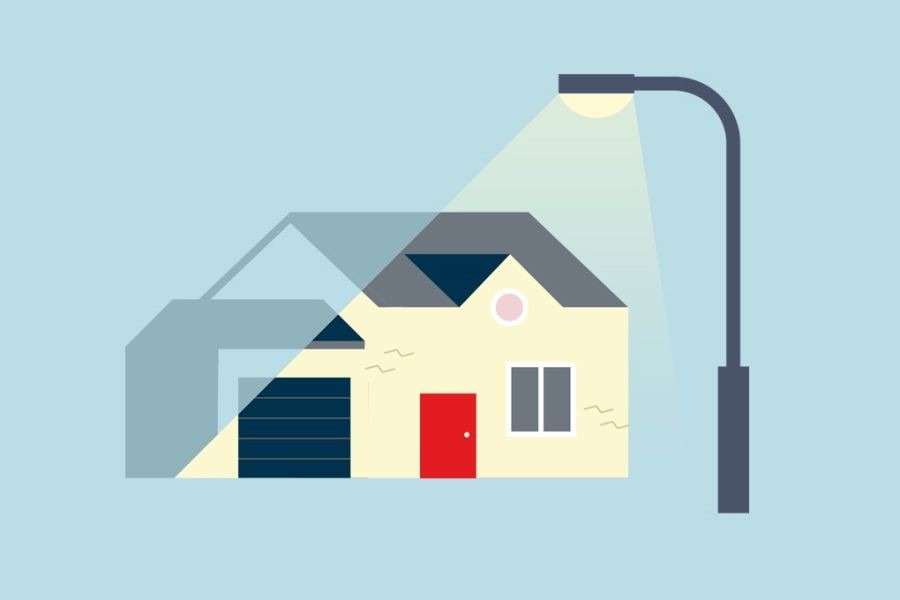The prospect of obtaining a mortgage in New Zealand can be both thrilling and daunting. With the country's unique economic landscape and housing market dynamics, potential homeowners often find themselves navigating a complex maze of financial decisions. This article delves into ten lesser-known aspects of securing a mortgage in New Zealand, offering insights that could be pivotal in making informed decisions.
How It Works: A Deep Dive into Mortgages in New Zealand
In New Zealand, mortgage processes are influenced by various factors, including the Reserve Bank's monetary policies, the housing supply and demand balance, and the intricate legal frameworks governing property purchases. Understanding these elements is crucial for anyone looking to secure a mortgage.
1. The Impact of Reserve Bank Policies
The Reserve Bank of New Zealand (RBNZ) plays a critical role in shaping mortgage rates through its official cash rate (OCR) settings. Changes in the OCR can directly affect the interest rates offered by lenders, thus impacting affordability for potential homeowners. For instance, a higher OCR often leads to increased mortgage rates, which can dampen demand in the housing market.
2. Loan-to-Value Ratio (LVR) Restrictions
One of the key regulatory measures in New Zealand's mortgage landscape is the Loan-to-Value Ratio, which limits the amount one can borrow relative to the property's value. LVR restrictions are designed to ensure financial stability and reduce the risk of housing bubbles. As of mid-2023, the RBNZ has maintained a maximum LVR of 80% for most owner-occupier loans.
Pros & Cons Evaluation
Pros:
- Competitive Interest Rates: New Zealand's financial market offers a range of mortgage products with competitive rates, making homeownership more accessible.
- Government Support: Initiatives like the KiwiSaver scheme provide first-time buyers with additional financial support, making it easier to gather the necessary deposit.
- Investment Potential: With property values steadily increasing, owning a home can be a lucrative long-term investment.
Cons:
- High Property Prices: New Zealand's housing market is known for its high property prices, particularly in Auckland and Wellington, making affordability a significant concern.
- Stringent Borrowing Criteria: Lenders in New Zealand have strict criteria for mortgage approval, which can be a barrier for many borrowers.
- Interest Rate Fluctuations: Mortgage rates can fluctuate based on global economic conditions, adding uncertainty to long-term financial planning.
Real-World Case Studies
Case Study: Jane & Mark – Navigating the LVR Restrictions
Problem:
Jane and Mark, a young couple from Wellington, faced challenges due to the RBNZ's LVR restrictions. They initially struggled to save the 20% deposit required for their dream home.
Action:
They took advantage of the KiwiSaver first-home withdrawal option and received a HomeStart grant, which significantly boosted their deposit.
Result:
- Successfully secured a mortgage with a competitive interest rate.
- Purchased their home within six months of starting their mortgage journey.
Takeaway:
This case highlights the importance of leveraging government support schemes to overcome deposit challenges in New Zealand's housing market.
Common Myths & Mistakes
Myth vs. Reality
- Myth: "You need a 20% deposit to get a mortgage." Reality: While a 20% deposit is ideal, many lenders offer loans with lower deposits, especially for first-time buyers.
- Myth: "Fixed-rate mortgages are always better." Reality: Fixed rates provide stability but may not be the best choice if interest rates drop. Consider your financial goals and market trends.
- Myth: "All banks offer the same mortgage rates." Reality: Rates can vary significantly between lenders. It's crucial to shop around and negotiate the best deal.
Future Trends & Predictions
By 2026, New Zealand's housing market is expected to see increased digitalization, with more lenders offering online mortgage platforms. This shift will streamline the application process and make it easier for buyers to compare rates and terms. Additionally, the RBNZ's focus on sustainable lending practices will likely lead to more eco-friendly mortgage options.
Conclusion
Navigating the mortgage landscape in New Zealand requires a keen understanding of the country's unique economic and regulatory environment. By leveraging government support, understanding LVR restrictions, and staying informed about market trends, potential homeowners can make informed decisions that align with their financial goals. Ready to embark on your mortgage journey? Explore your options and take the first step towards homeownership today!
Related Search Queries
- KiwiSaver first-home withdrawal
- New Zealand mortgage rates comparison
- Impact of OCR on mortgage rates NZ
- Eco-friendly mortgages in New Zealand
- Buying a home in Auckland tips
People Also Ask (FAQ)
- How does the Reserve Bank of New Zealand influence mortgage rates? The Reserve Bank's OCR settings affect interest rates offered by lenders, impacting mortgage affordability. Changes in the OCR often lead to fluctuations in mortgage rates.
- What is the Loan-to-Value Ratio (LVR) in New Zealand? LVR restrictions limit the amount one can borrow relative to a property's value, aiming to ensure financial stability and reduce housing bubble risks.
- Is a 20% deposit always necessary for a mortgage in NZ? While ideal, many lenders offer loans with lower deposits, especially for first-time buyers, thanks to government schemes like KiwiSaver.






























FloraMerew
5 months ago